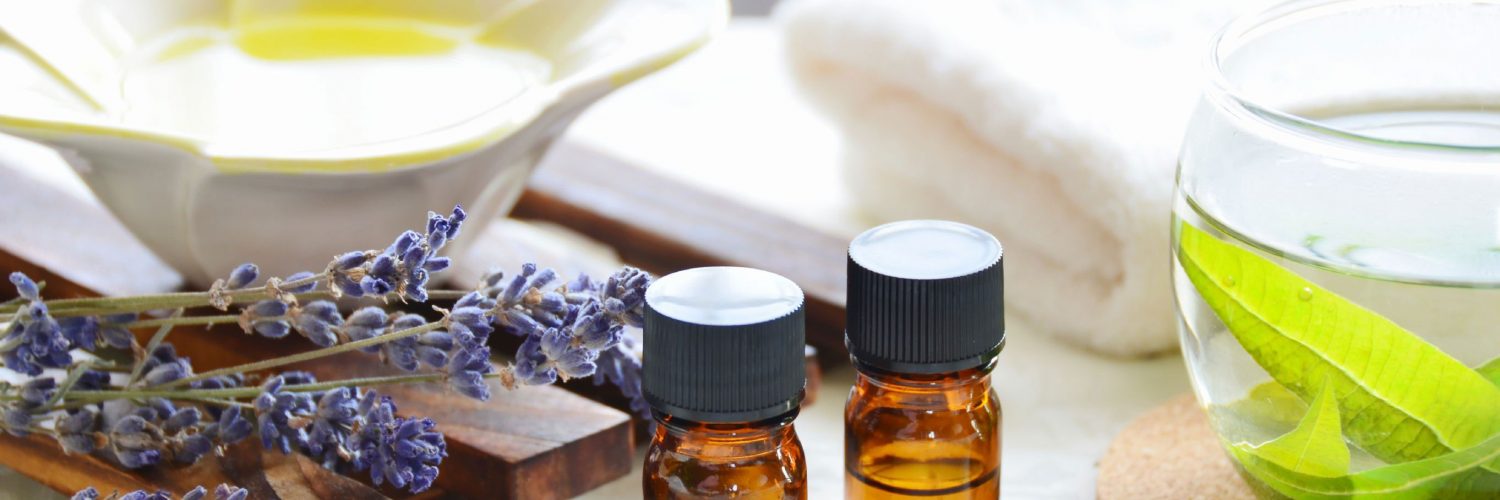
Aroma therapy
Tibb-e-Unani Aromatherapy:
Aromatherapy, the therapeutic use of essential oils, is one of the most popular techniques of natural medicine practiced today. It is widely available, pleasant, and easy to use. Everything in your kitchen and bathroom has an aroma that affects you in many ways. The smell of cinnamon can make your mouth water or bring back the memory of grandma’s apple pie. Lavender bath salts calm your nervous system as you soak in the tub. Aromas are added to candles, soaps, lotions and massage oils, so oftentimes you are practicing aromatherapy even when you don’t realize it.
An Ancient Tradition
The first form of aromatherapy utilized different kinds of burning woods, and the use of smoke in the form of incense has survived in almost all cultures.
The Egyptians used aromatics 5,000 years ago for medicinal and cosmetic purposes. The Greeks used olive oil to absorb the odor from flower petals and herbs. Arab physicians perfected the method of distilling essential oils and brought them to Europe. By the 16th century, the women of the household made all kinds of remedies for home use. The new sciences of chemistry and pharmacology, however, reduced these practices to superstition, thus discouraging the use of aromatherapy until the beginning of the 20th century, when a succession of French chemists started to research the healing properties of essential oils. The first and foremost among them, Rene Maurice Gattefosse, turned his attention to the use of oils in dermatology after he discovered how lavender oil healed his burned hand. He coined the word “aromatherapy” in 1928 and published a book by the same title in 1937.
In the eastern cultures of India and China, however, the tradition remained unbroken. Vaidyas, ayurvedic physicians, Unani Physicians treated Indian royalty with dried and fresh herbs, floral waters and aromatherapy oil massage.
Essential Oils
Essential oils are the highly concentrated essences of aromatic plants. They can be derived from all parts of the plant: flowers (rose), woods (sandalwood), barks (cinnamon), leaves (basil), roots (licorice) and fruits (orange). The methods of oil extraction are time-consuming and expensive, and require a high degree of expertise.
Some essential oils are especially costly due to the labor-intensive process and the quantity of the plant required to produce the oil. For example, approximately 2,000 kilograms of rose petals would produce 1 kg of essential oil, and 4 million jasmine flowers produce a kilogram of jasmine oil. But they are also highly effective — only a few drops are required to achieve the desired effect.
Tibb-e-Unani considers the use of aroma as an important tool for prevention and healing. Practitioners use it for protecting the vital force, regulating digestion and metabolism, safra, and increasing resistance to disease, ojas. Traditional practices include fumigation by burning Neem leaves, use of holy basil or rose petals in water while bathing, and burning incense sticks during meditation.
Essential oils can be used alone or in combination. Maharishi Ayurveda mixes aromas into synergistic blends to increase their potency and to balance the effect of individual oils.
Therapeutic Uses
- Smelling: The most important pathway for aromas is through the sense of smell. When we smell essential oils, the vapor stimulates our olfactory nerve. This is the only nerve in the body that directly contacts the environment and goes all the way to the brain. All of our other senses involve several nerves and synaptic junctions before the impulses reach the brain. The olfactory nerve stimulates the limbic system, which is connected to the areas of the brain that process emotions, desires, appetites and memories, as well as the endocrine glands which regulate hormone levels in the body. For this reason, aromas have a subtle but very powerful influence on our mind and body. They can be very effective in the treatment of stress. Scents of vanilla, orange blossom, rose, chamomile and lavender have a noticeable calming effect. Lavender, sandalwood and nutmeg oils also help reduce the ill-effects of stress. Patchouli oil helps reduce anxiety, lifts the mood and increases bliss. Maharishi Ayurveda offers a great variety of therapeutic aroma blends from Calming to Refreshing, from Cooling to Stimulating. They contain pure essential oils, undiluted with a carrier oil. Put them in a room or car diffuser or wear them in an aroma locket to relax, uplift your mood or improve your sleep.
- Massage: Aromatherapy massage is another widely-used tibbi technique. When you receive, or give yourself a massage, you not only inhale the essential oils but your skin absorbs them as well. They penetrate the tissues and find their way into the bloodstream, where they are transported to the organs and systems of the body. Essential oils have different rates of absorption, so it is best not to shower directly following a massage to ensure maximum effectiveness. Maharishi Ayurveda incorporates aromatherapy into its massage oils. To balance your ikhlat or to adjust to the seasons, try the Moisturizing, Soothing or Stimulating aroma massage oils. The Youthful Skin Massage Oils are also rich in aromas and balance all the three ikhlat.
- Bath: Aromatic baths are also popular forms of aromatherapy. The large surface of the warm water in the tub instantly vaporizes the essential oils, sending their particles to your brain. Soaking alone relaxes your muscles and your whole physiology, so you enhance the effect of the aromas. Add bath salts right before you enter the tub to enjoy the full potency of their essential oils.
- Skin and Hair Care: Most personal care items are scented with aromas, often with synthetic ones. Maharishi Ayurveda uses only pure essential oils in soaps, shampoos, creams and lotions. The smell of roses, jasmine or neem in soaps can enliven your shower. Organic Rose Water helps tone your skin and uplift your spirit. The aromas in the Youthful Skin Cream relax your entire physiology when you put them on. They also get absorbed in your bloodstream through your skin. For this reason, whatever product you use, make sure it contains only natural essential oils and ingredients. Artificial aromas and perfumes will not provide the same benefits and can cause skin irritation or allergen reactions.
Aromatherapy has so many applications that even if you have a busy schedule you can still enjoy its benefits, by lighting an aroma candle as you cook or bathe, or use a car diffuser while you commute to work. Essential oils take up little room, go a long way, yet their effect is very powerful.

 by
by